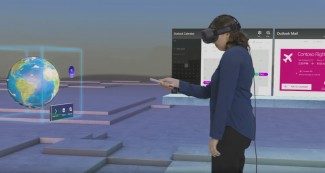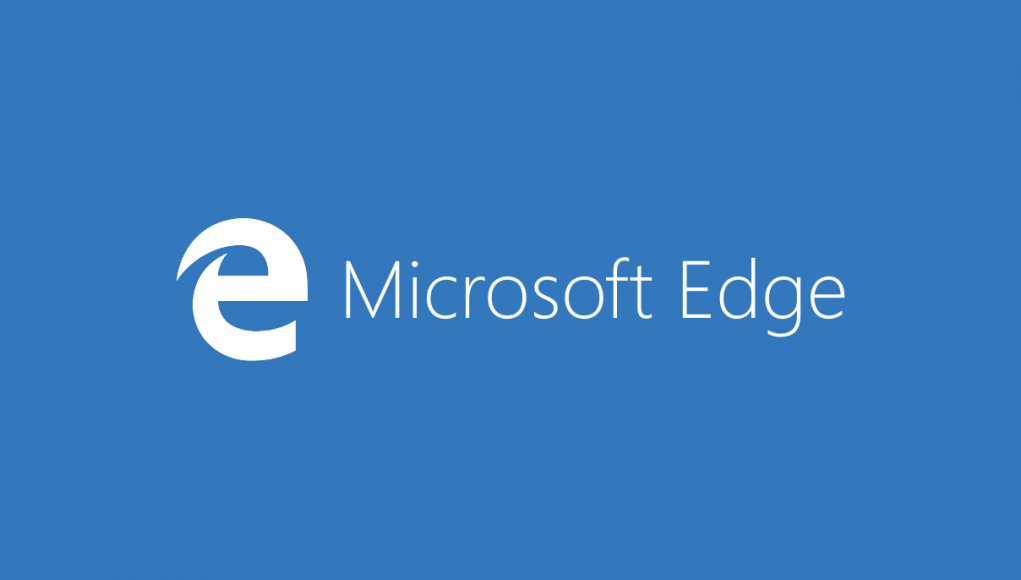Microsoft has announced plans to bring support for WebVR to Edge, which succeeds Internet Explorer as the default web browser in Windows 10.

WebVR, which is currently a draft web specification in development by Mozilla, Google, and others, aims to allow seamless hosting and viewing of VR content directly from the web. Microsoft is now committed to implementing the specification into Edge, the company announced on their official blog. Edge will join Chrome, Firefox, and Opera, browsers which are all actively working to make WebVR a default part of their feature set.
3D content on the web like Sketchfab already supports WebVR, allowing you to view scenes inside a VR headset (provided you’re using a special development build of a supported browser) with the click of a button.
WebVR leverages WebGL, a broadly supported API for rendering 3D content inside of web browsers. The goal of WebVR is to create a direct connection between VR headsets and the browser, enabling seamless, high-performance VR content to be experienced right inside of a website.
Microsoft’s Internet Explorer earned a bad reputation as significantly trailing modern browsers in performance and web standards compatibility. As modern browsers like Firefox and Chrome began significant emphasis on performance and innovation, Internet Explorer’s market share tanked, taking it from a significant lead to a distant third place.

Edge is Microsoft’s Internet Explorer reboot, and appears to be focusing on correcting many of the criticisms of the past, with greater emphasis on web standards support, simplicity, and performance. The company’s announcement of forthcoming WebVR support in Edge is a reflection of this, showing that the browser wants to remain on the cutting edge along with its contemporaries. Meanwhile, Apple’s Safari browser is now the only major browser not known to have WebVR support in development.
Edge also happens to be the browser which runs on the Xbox One. One far-future possibility is that the Xbox version of Edge could also add support for WebVR, possibly making Microsoft’s console the first to support WebVR, which could jive with the company’s future plans for VR on Xbox.







